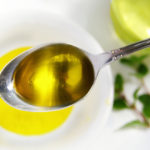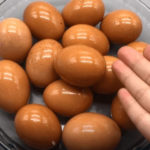If you’ve ever tasted a dish cooked using the stir-fry method, you’ll know how special this way of cooking is. Stir-frying, when done right, helps retain the freshness and deliciousness of the ingredients, something that other cooking methods often fail to achieve.
So, what is stir-frying and how does it work its magic? Let’s delve into the details of this cooking technique so you can create tasty and nutritious stir-fry dishes for your family.
1 What is Stir-Frying?
Stir-frying, also known as “searing” in English, is a very popular and beloved way of cooking. It involves cooking food over high heat for a short period, using a shallow pan and a small amount of fat or oil. The heat from the stove, conducted through the bottom of the pan and the oil, cooks the food evenly to perfection.
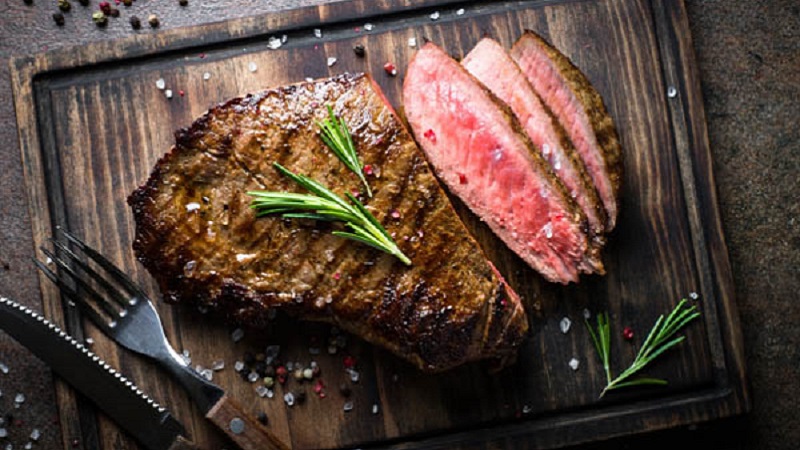 Stir-frying helps retain the natural flavors of the ingredients
Stir-frying helps retain the natural flavors of the ingredients
This cooking method is suitable for soft and moist foods like tofu, eggplant, various types of fillets, and even mushrooms and vegetables. The unique feature of stir-frying is that it can cook food evenly while preserving its structure, moisture, flavors, and nutrients.
2 Key Elements for a Delicious Stir-Fry
Cooking Oil
Although stir-frying uses minimal oil, it’s still an essential component that greatly affects the outcome of the dish.
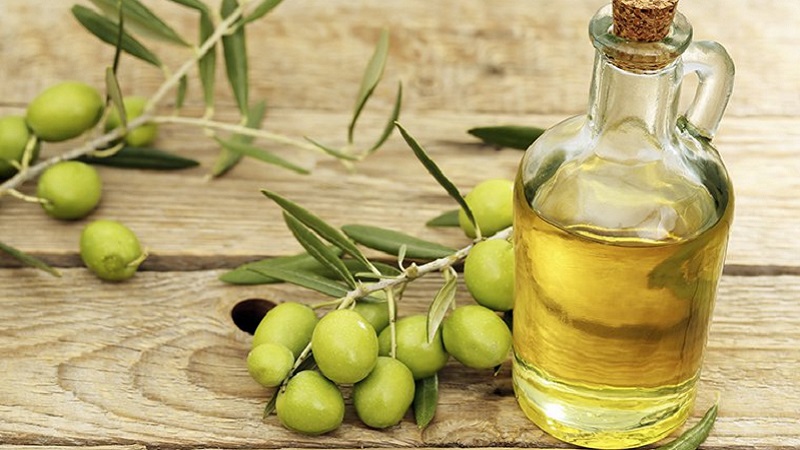 Olive oil is the best choice for stir-frying
Olive oil is the best choice for stir-frying
Vegetable oils like canola or sunflower oil can be used for stir-frying. However, for the most natural flavors, extra virgin olive oil is the ideal choice.
The Pan
A suitable pan is crucial to achieving a successful stir-fry. The right pan can cook food evenly and quickly without producing harmful substances, and it’s also easy to clean afterward. Here are the qualities you should look for in a stir-frying pan:
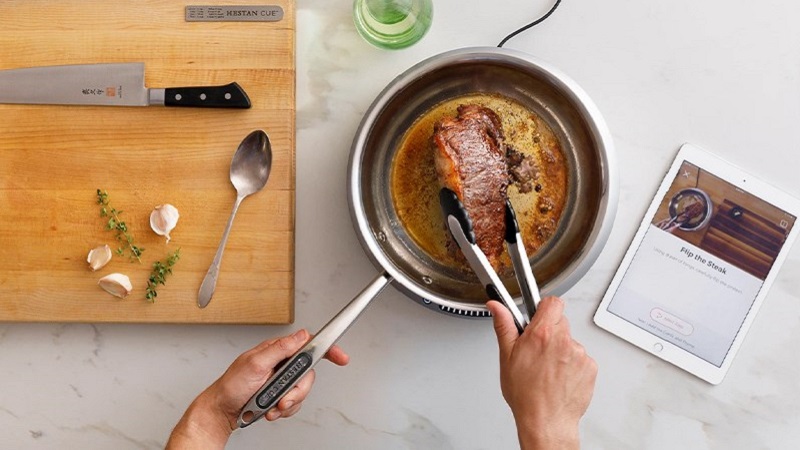 Choose the right pan for stir-frying
Choose the right pan for stir-frying
– The pan should retain heat well.
– It should be made of a material that conducts heat well, such as aluminum or copper.
– The inner surface should have a good non-stick coating, like stainless steel.
Seasonings and Sauces
A characteristic of stir-fried dishes is that they retain the natural flavors of the ingredients. Therefore, the use of seasonings is minimal, limited to a small amount of salt and pepper for marinating before cooking.
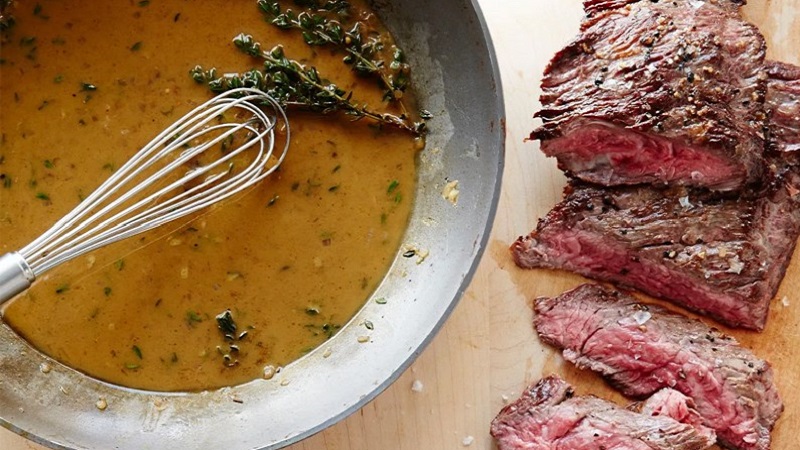 Sauces are usually fruit-based or contain spirits or wine
Sauces are usually fruit-based or contain spirits or wine
In addition to seasonings, sauces or reductions made from spirits, wine, or fruit juices can be used to enhance the appeal of the stir-fried dish.
Temperature and Time
Temperature and cooking time are critical factors in any cooking method, but they are especially important in stir-frying to ensure that the ingredients retain their natural sweetness and flavors after cooking.
 Pay attention to temperature and time when stir-frying
Pay attention to temperature and time when stir-frying
For stir-fried beef, you should use high heat to preheat the pan for 2 minutes. Then, turn the beef over, lower the heat to medium, and cook for another 2.5 minutes to achieve a perfect medium-rare doneness with a brown exterior and red interior.
3 Stir-Frying Techniques
Food Thickness
To ensure even cooking and the desired level of doneness, it’s important to cut the ingredients into pieces with a thickness that corresponds to the desired cooking time. Thinner pieces will cook faster, while thicker pieces will take longer.
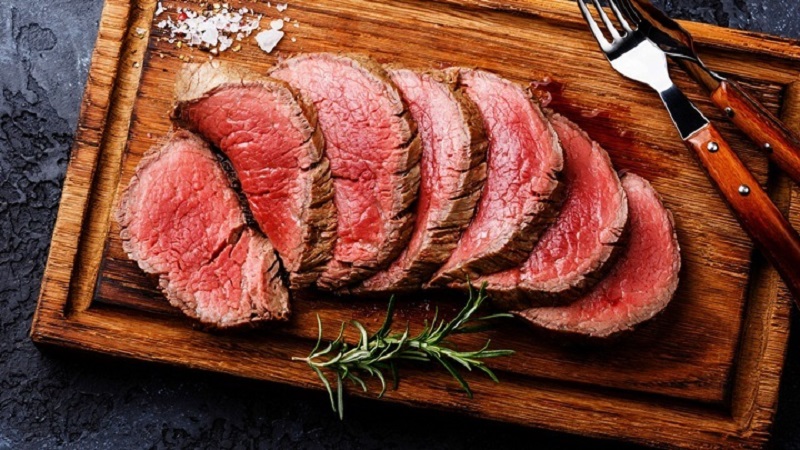 Thickness affects the doneness of the meat
Thickness affects the doneness of the meat
For beef, cut it into 1.5-2 cm thick slices if you want it well done. For a medium-rare doneness with a red center and brown exterior, go for 3-5 cm thick slices.
Pan Temperature
One common mistake made by beginners is skipping the step of preheating the pan. This is an essential step to achieving a delicious stir-fry. You should turn the heat up high to quickly heat up the pan and then lower the heat to medium once it reaches the desired temperature.
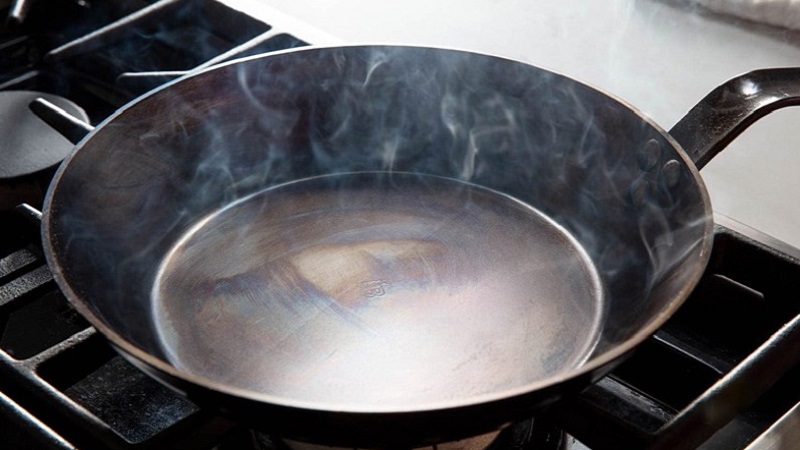
A handy tip to know if your pan is hot enough is to sprinkle a few drops of water into it. If the water sizzles and forms small beads that dance around the pan, it’s hot enough.
At this point, use a paper towel to wipe away the water, add a small amount of oil, and quickly swirl it around the pan. Then, promptly add your ingredients for stir-frying, being careful not to overcrowd the pan.
Minimize Movement of Ingredients
The high heat used in stir-frying might make you nervous about burning the food. However, unlike regular stir-frying, when stir-frying, you should avoid moving the ingredients around too much. Only flip or turn them when they are cooked on one side.
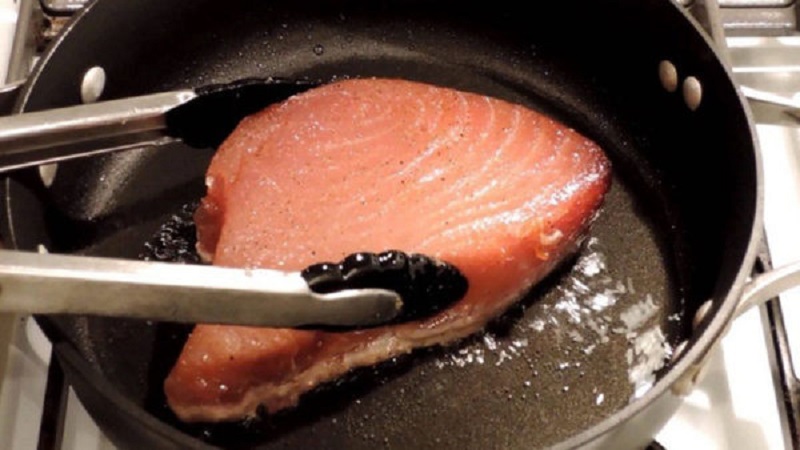 Avoid moving the ingredients around too much
Avoid moving the ingredients around too much
Excessive movement will slow down the cooking process. Instead, if you feel the pan is getting too hot, the food is cooking too quickly, or you see smoke, simply lower the heat or turn off the stove to prevent burning.
Determining Doneness
The doneness of your stir-fry will depend on your personal preference and taste. You can visually inspect the food, smell it, test its elasticity and firmness, or use a meat thermometer to check its internal temperature.
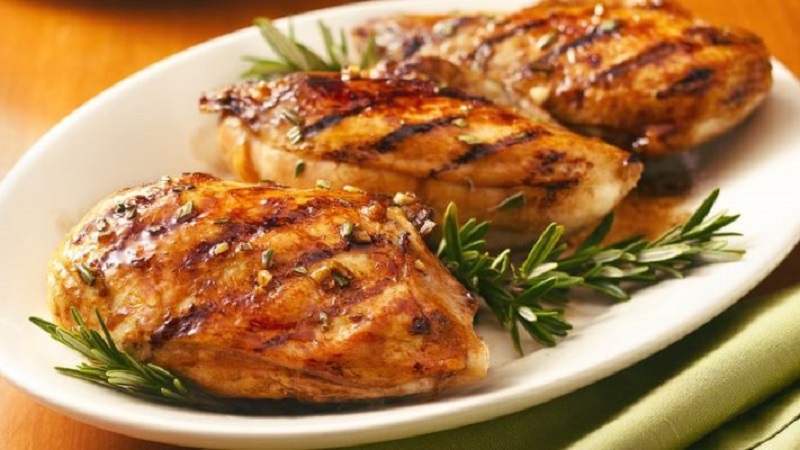 Doneness depends on personal preference
Doneness depends on personal preference
Once your stir-fry is cooked to your liking, let it rest for about 2 minutes before serving. This allows the juices to redistribute, the exterior to firm up, and prevents moisture from being trapped inside.
4 Tips for a Tastier Stir-Fry
In addition to the cook’s technique and the elements mentioned above, here are some extra tips to ensure a delicious stir-fry:
Don’t Use Butter Instead of Cooking Oil: Butter tends to burn and will give your stir-fry a charred taste.
Avoid Iodized Salt: Iodized salt can affect the natural flavors of the dish.
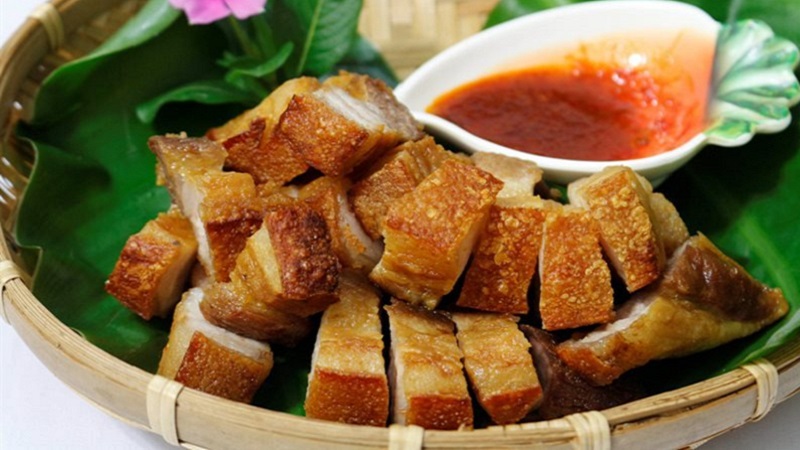 Keep these tips in mind for a tastier stir-fry
Keep these tips in mind for a tastier stir-fry
Don’t Use a Small Pan for Stir-Frying Multiple Ingredients: While this may save time, it affects the pan’s temperature, causing the juices to leak out, and the food won’t have the right color and flavors.
Once the Pan is Hot, Quickly Swirl Oil in It and Add the Ingredients: Any hesitation here will result in burnt food or undercooked interiors.
Let the Meat Rest for 2 Minutes After Stir-Frying: After stir-frying, don’t immediately place the meat on a cutting board or plate. Let it rest on a rack for 2 minutes to allow the juices to redistribute and the exterior to firm up, preventing moisture from being trapped.
5 Easy and Delicious Stir-Fry Recipes
Pan-Seared Tuna
 Pan-Seared Tuna
Pan-Seared Tuna
Tuna is a well-known seafood delicacy, prized for its freshness and nutritional value. This dish combines the chewy texture and freshness of tuna with the sweet and sour flavors of a fruit-based sauce, resulting in a tasty and healthy meal.
Pan-Seared Salmon with Lemon-Honey Sauce
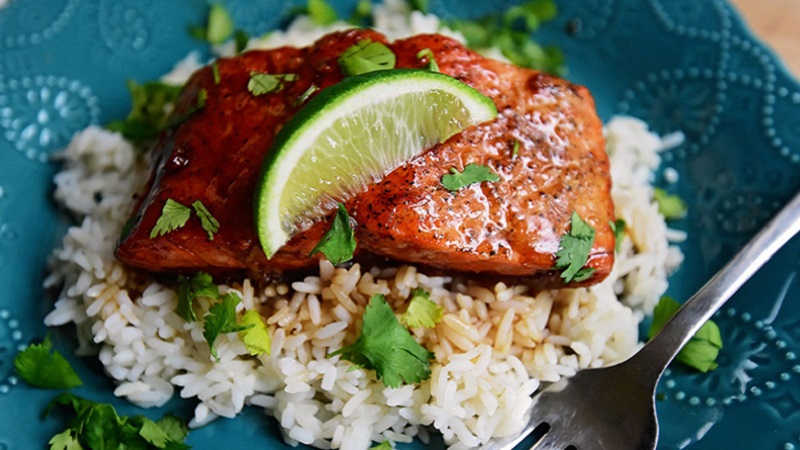 Pan-Seared Salmon with Lemon-Honey Sauce
Pan-Seared Salmon with Lemon-Honey Sauce
Salmon is another seafood commonly used for stir-frying. This dish, with its lemon-honey sauce, delivers a more robust flavor while retaining the sweetness of the salmon and adding a touch of freshness from the lemon and honey.
Stir-Fried Pork Belly with Ginger-Scallion Sauce
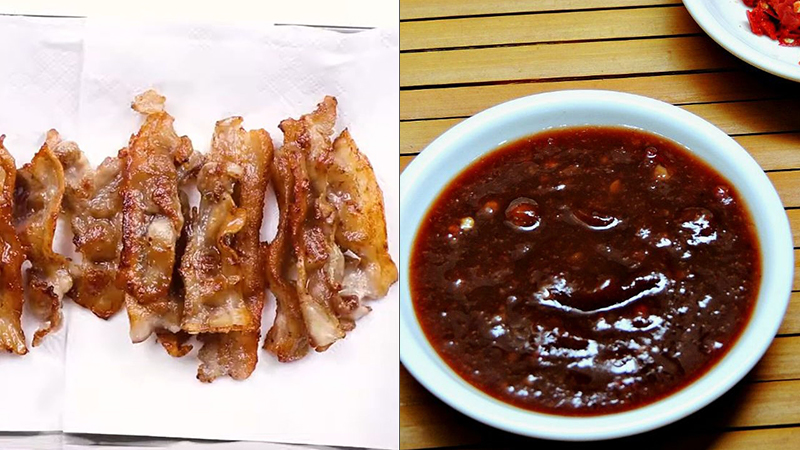 Stir-Fried Pork Belly with Ginger-Scallion Sauce
Stir-Fried Pork Belly with Ginger-Scallion Sauce
Pork belly is a tender and flavorful cut of meat, beloved by many. This dish preserves the softness and rich flavor of the pork belly while incorporating the distinctive aroma of ginger and scallions, making it even more irresistible.
Stir-Fried Chicken Breasts
 Stir-Fried Chicken Breasts
Stir-Fried Chicken Breasts
If you’re conscious about your weight but love chicken, this dish is for you. The chicken breasts are tender and flavorful, infused with the aroma of basil, a hint of chili, and the distinctive taste of oyster sauce. You’ll love it so much that you won’t have to worry about overeating!
Stir-Fried King Oyster Mushrooms
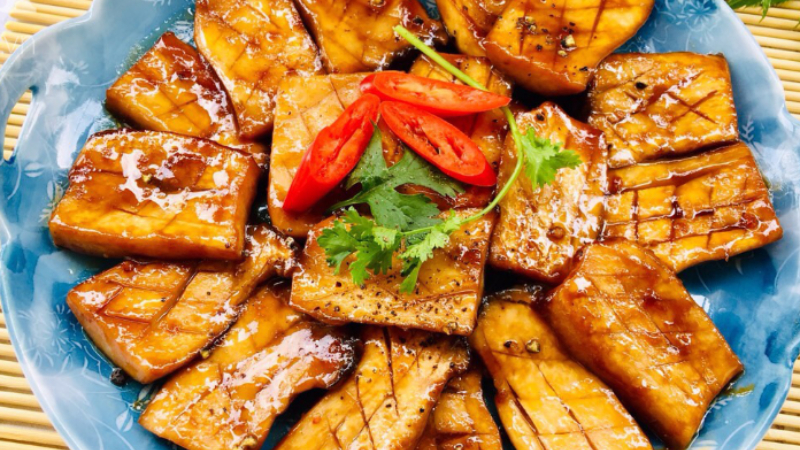 Stir-Fried King Oyster Mushrooms
Stir-Fried King Oyster Mushrooms
King oyster mushrooms are a fantastic choice for vegetarian stir-fries. Their unique texture and flavor are preserved in the stir-frying process, and they go well with various seasonings and ingredients, creating a delicious and unique vegetarian dish.
There you have it! We’ve covered the basics of stir-frying, and we hope this guide helps you understand this cooking method better and inspires you to create delicious stir-fry dishes for your family. Happy cooking!
Tips on Selecting Healthy Cooking Oil and Safe Ways to Cook with It
A Taiwanese company has made a significant impact on the food industry through the recycling of over 700 tons of dirty oil, which has been exported to over 12 countries, including Vietnam. This has raised a few eyebrows among housewives, as cooking oil is an essential condiment in daily cooking. To ensure the safety and quality of their cooking oil, consumers should take note of the following advice.
Preparing Yellow Apricot Flowers to be in Full Bloom for Tet Celebration
As the Lunar New Year quickly approaches, many families are looking for guidance when it comes to selecting, purchasing, maintaining, and decorating with beautiful golden apricots. To ensure you get the most out of this lovely tradition, this article will provide you with specific instructions for choosing, caring for and decorating with yellow apricot blossoms. Learn how to make the most of this iconic symbol of the Tet holiday season!

























